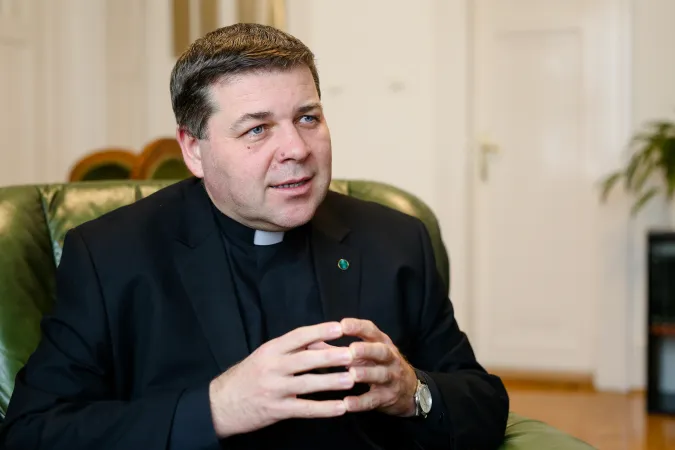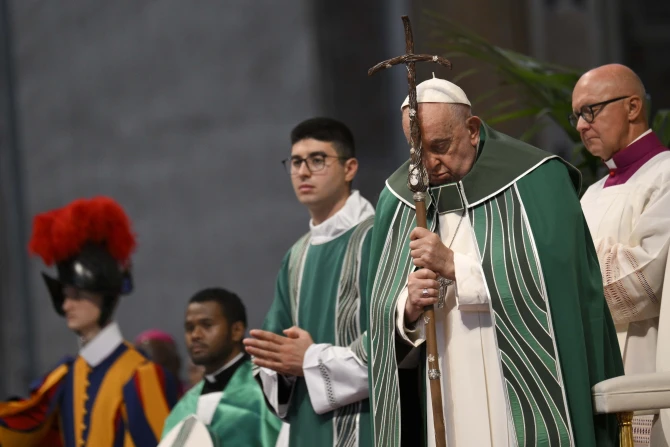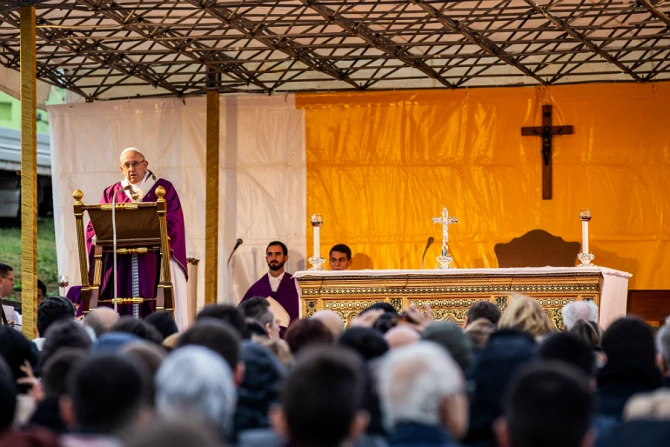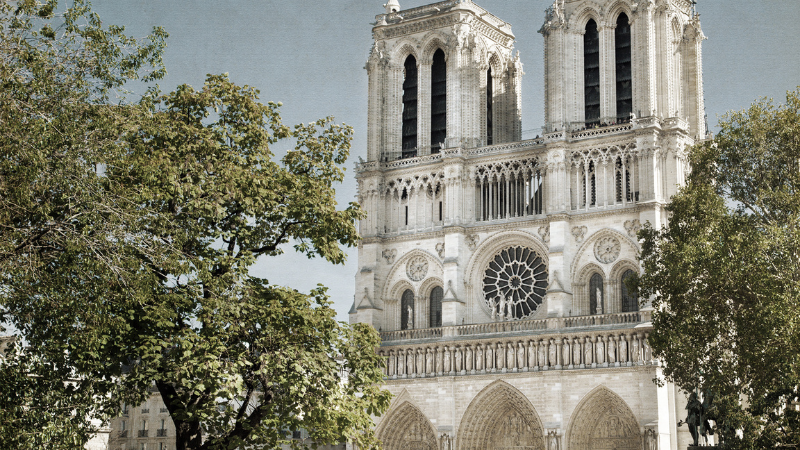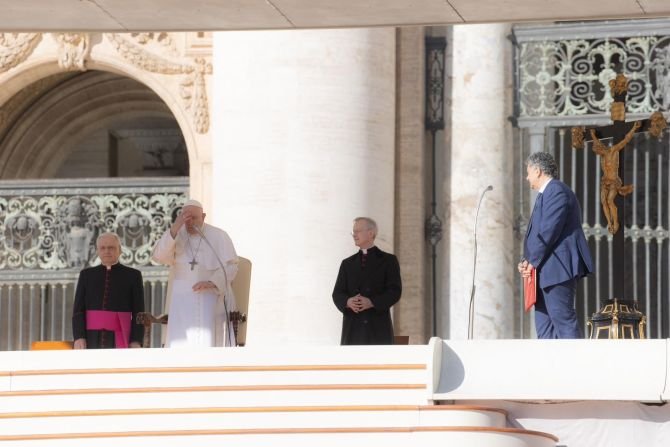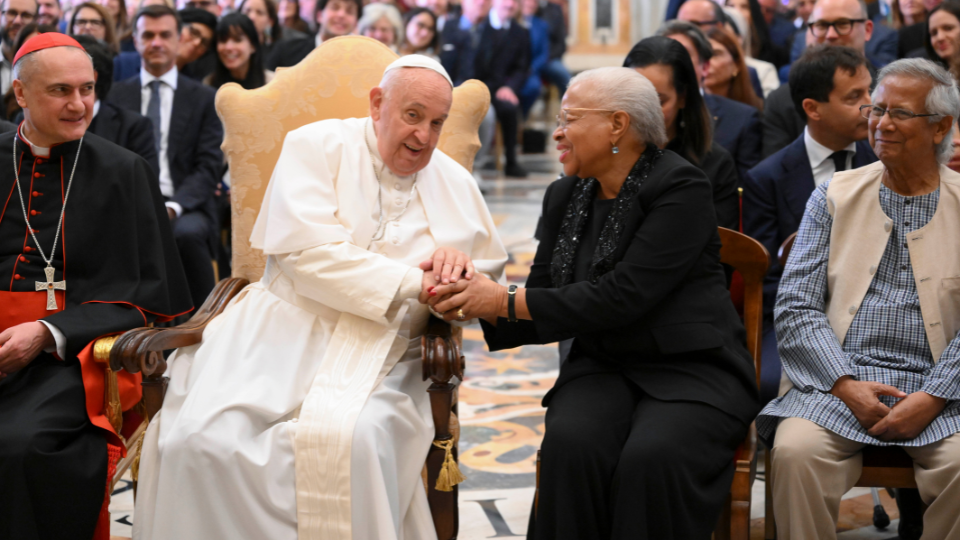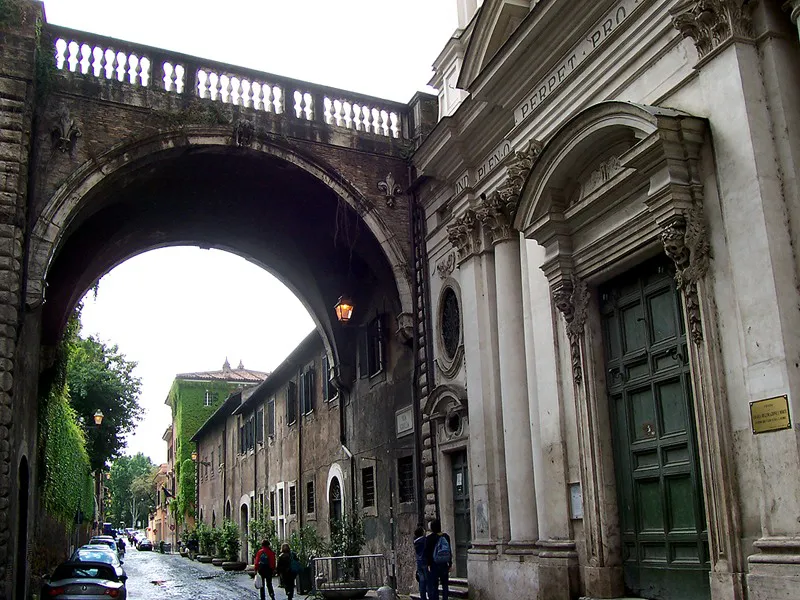The peace in Ukraine is vital for Hungary, as well as the appeal of Pope Francis to persevere in the search for peace. Monsignor Tamás Toth, General Secretary of the Hungarian Bishops’ Conference, emphasizes this in an interview with the ACI Group, where he talks about the meaning of the Pope’s trip, as well as the trip that could have been if the Pope had gone to other cities in Hungary besides Budapest.
Pope Francis is returning to Hungary a year and a half after participating in the International Eucharistic Congress. What was the impact of the Congress on the life of Hungarian Catholics? What Hungary will he find?
The visit of the Holy Father to the 52nd International Eucharistic Congress was a great joy and honor for all of us, especially since it is not often that the Pope himself presides over the Satio Orbis, the closing Mass. After a difficult period of pandemic, we particularly needed to be strengthened by the presence and words of the Holy Father. It was a very beautiful and encouraging encounter, where we could feel the presence of the Holy Spirit under the late summer sun. The Congress was an international event that took place in Budapest, but now it is a visit to a country.
In a Europe that is experiencing a war in its heart, what role can Hungary play as a link between East and West? And what ecumenical challenges is the Church in Hungary facing, especially in light of this conflict?
Throughout its millennial history, Hungary has always served as a bridge between East and West, North and South. It has always been fundamental for us to understand the priorities of the nations around us. Ukraine is a neighboring country and it is vital for us that peace is established as soon as possible. We are concerned for all the people who live in Ukraine, including the members of the Hungarian minority in Transcarpathia. Pope Francis’ appeal, “Let us persevere in asking for peace in Ukraine,” is particularly relevant to us.
Three days of the visit are all devoted to Budapest. What does Monsignor Toth believe to be the most significant stops of this trip? And why?
The Holy Father is visiting Hungary, but the events will take place in Budapest. The Pope has a very rich program. First of all, as Head of State, he will meet the President of the Republic, then the Prime Minister and will address the representatives of society and the diplomatic corps. In the afternoon of the same day, April 28, he will meet bishops, priests, deacons, religious men and women, novices, and pastoral workers of Hungary.
The next day, April 29, in the morning, the Holy Father will make a private visit to the Center for the Blind dedicated to Blessed László Batthyány-Strattmann, which has been operating for 40 years, followed by a meeting with the poor and refugees in the Church of St. Elizabeth of Hungary. Thanks to God, we have strong Catholic charitable associations, with many national and local initiatives. The two largest ones, Caritas and the Hungarian Charity Service of the Order of Malta, working in ecumenical unity with other organizations and with state institutions, have done particularly exceptional work in welcoming and caring for refugees from the war in Ukraine. Hungary has welcomed over a million refugees.
Another beautiful moment of the visit will be the Holy Father’s visit to the small Greek-Catholic community with a long tradition.
The Pope will also meet young people on Saturday afternoon. It is a great joy and challenge for us that in the last ten years the number of Catholic schools has doubled and we already have three Catholic universities. Before leaving, in fact, the Holy Father will also meet representatives of university and cultural life at the Faculty of Information Technology and Biomedical Sciences of Pázmány Péter Catholic University. The culmination of the visit, however, will certainly be the Sunday Mass in the “main square of the nation,” Kossuth Square in Budapest, on Good Shepherd Sunday.
It was thought that the Pope would make a trip with several stops, including Pannonhalma and Szeged. Will there be a way to experience some of the spirit of Pannonhalma and Szeged during the trip?
During the preliminary reflection, many places emerged: places where Popes have already visited before and places where a Pope has not yet been. Eger and Szeged, for example, where Catholic universities have been opened in recent years, were among the places that emerged. Esztergom, where the tomb of Cardinal Mindszenty is located, was not considered this time because the primate’s basilica is under scaffolding and the building is undergoing renovation – the functions of Esztergom that attract the most believers are now temporarily held in the Basilica of St. Stephen in Budapest. We have two national shrines: Máriapócs is Greek-Catholic and Mátraverebély-Szentkút is managed by the Franciscans. Then, when it became clear that the visit could take place in Budapest due to the age of the Holy Father, we reversed the situation: the Latin and Greek Catholic dioceses and religious communities will be represented in various ways in each place.
The Pope is returning to Hungary, but he has already been to Hungarian shrines, such as Our Lady of Seven Sorrows in Slovakia and the shrine of Csíksomlyó in Romania. How strong is the impact of Hungarian culture on Catholicism today?
Christianity in Hungary is contemporary with the birth of the Hungarian state. Our first king, Saint Stephen, founded both a state and a Church in its structure, and Catholicism is still decisive in our country. Throughout our history, we have had to overcome many threats to the existence of Christianity, such as the invasion of the Tartars, then the Turkish Muslims, and finally, in the 20th century, communist dictatorship. Many have sacrificed their lives for their faith. Unfortunately, secularization is becoming increasingly strong even in our country, which is why the Pope’s visit can strengthen us.
What weight does Catholic culture have in Hungary?
Communism demanded great sacrifices from the peoples of Central and Eastern Europe and, curiously, had another effect – we better maintained certain reflexes of self-defense. Culturally, despite secularization, Christian culture is present: our national anthem begins with the name of God and the Constitution, which came into force in 2012, emphasizes our Christian roots, as well as the Christian concept of marriage and family, without hindering those who wish to live differently.
I believe this is the first time the Pope has included a special meeting with the world of culture at a Catholic university. How did the idea of this meeting come about? And what do you hope the Pope will say on this occasion?
The Péter Pázmány Catholic University, whose former rector was Cardinal Péter Erdő, the primate of Hungary, is celebrating the 30th anniversary of its founding in this academic year. The university itself is actually much older, as its predecessor was founded by the Jesuit Cardinal Péter Pázmány in 1635 in Nagyszombat (Trnava, now Slovakia), but during the decades of communism, the Catholic system of public and higher education was substantially abolished under the oppression of the dictatorship. Only after 1990 did the possibility of reorganizing our educational network reopen, which is not yet fully completed. We are happy to say that today in Hungary there are almost 150,000 young people who receive a Catholic education and we have almost 17,000 university students. The Pope’s visit and his words can give us confirmation that the world of science is an important tool in God’s hands to know the Creation and the greatness of God.
What impact do Catholic schools have in Hungary?
At the end of World War II, most schools were denominational. In 1948, the communist dictatorship wanted to destroy the denominational education system with nationalization, but in the end, following an agreement in 1950, a total of eight high schools were allowed to continue operating under the maintenance of four religious orders. It was these institutions that saved Catholic educational values during the dictatorship. Only in the 1990s, after the regime change, were laws passed that allowed the Catholic Church to play a larger role again in public education. The reconstruction of the Catholic school and nursery system could begin and is still ongoing, but it still does not approach the level reached before communism. Since 2010, the system has doubled. In the 2022/2023 school year, almost 150,000 children will receive a Catholic education in 355 institutions on 771 sites. They are the future. Fortunately, based on the 1997 (updated in 2013) Vatican-Hungary Agreement and the constitutional principle of equal funding, the state grants the same subsidies to denominational schools as public schools.
Recently, many churches have been rebuilt in Hungary, with talk of 3,000 in ten years. Why?
On the one hand, the places where we gather for religious services are important to us, and on the other hand, the government also supports the restoration of churches, considering these places as cultural assets, and in many small villages, the school and the church are the two places that guarantee the slowing down or even the reversal of migration to larger settlements. We Christians, Catholics and non-Catholics, must try to look ahead with confidence, despite all the difficulties and challenges, because, as the motto of the Holy Father’s visit says, Christ is our future.
Finally, what message do you think Pope Francis would like to give to the Hungarian people?
We have confidence that the Pope’s presence can strengthen in our young people and in all of us the feeling of not being alone in this rapidly changing world full of challenges: they are part of a larger whole, the universal Church, which under the guidance of the successor of St. Peter, watches over them, us and to which we attach great importance. The message of Christ is relevant and attractive even in a changing world.

